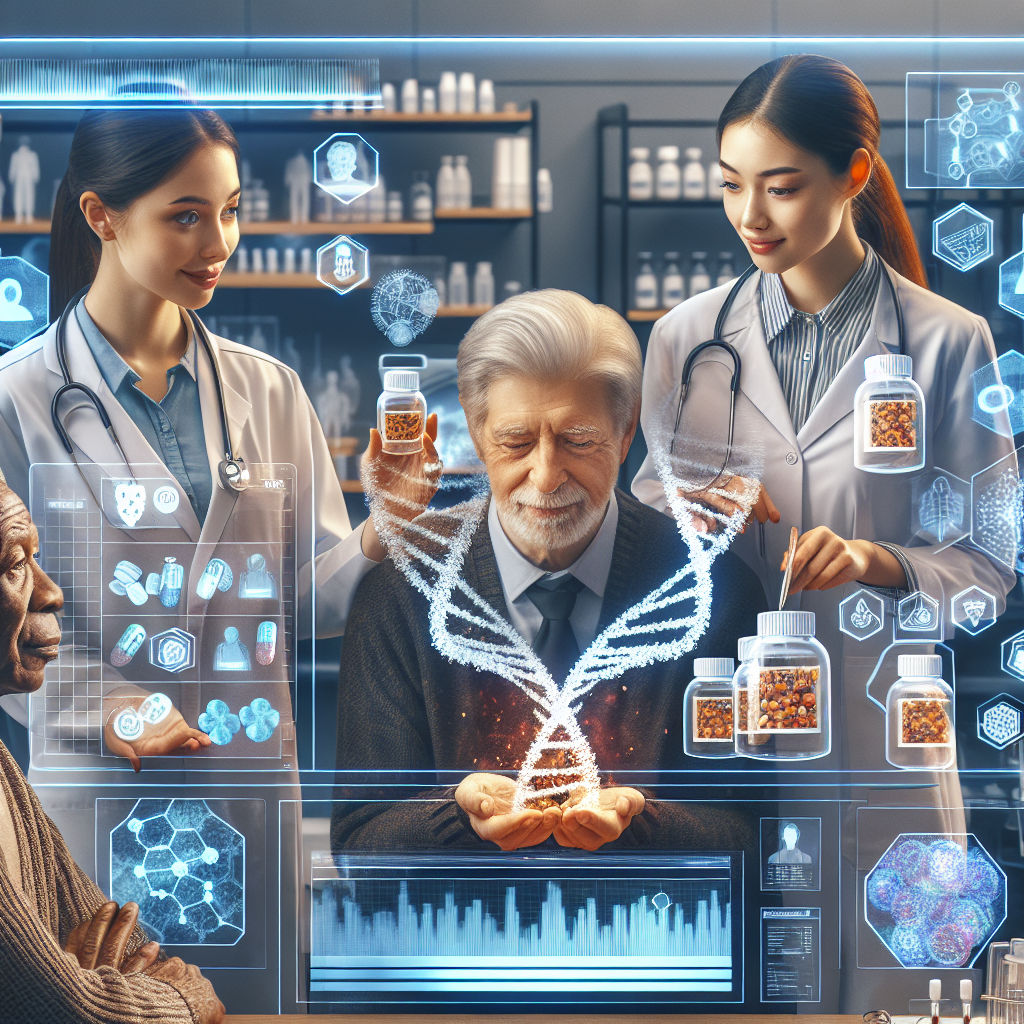Adverse drug reactions (ADRs) are among the most common causes of morbidity in health care settings around the world. They represent a significant burden on public health due to their potential to cause serious harm, hospitalizations, and, in extreme cases, death. The complexity of modern pharmacotherapy, the increasing number of available medications, and the diversity of patient populations make ADRs a critical safety concern. However, through proactive education and strategic health management, the risks associated with ADRs can be mitigated. This article delves into the importance of education in preventing adverse drug reactions and outlines actionable strategies for healthcare providers and patients alike.
Understanding Adverse Drug Reactions
An adverse drug reaction is defined as any harmful, unintended response to a medication which occurs at doses normally used for prophylaxis, diagnosis, or therapy. ADRs can be classified into two main types: Type A (augmented) reactions, which are predictable and related to the pharmacological action of the drug, and Type B (bizarre) reactions, which are unpredictable and not related to the pharmacological action.
Knowledge of the factors that contribute to ADRs is crucial for prevention. These include:
- Patient-related factors: Age, gender, genetics, and pre-existing health conditions can influence the likelihood of an ADR.
- Drug-related factors: Dosage, route of administration, and drug interactions are critical components to consider.
- System-related factors: Healthcare system complexities and communication barriers can also lead to ADRs.
The Role of Education in Preventing ADRs
Education plays a pivotal role in preventing adverse drug reactions. This encompasses not just patient education but also the continuous training of healthcare professionals. A well-informed patient can adhere to medication regimens more effectively, recognize early signs of ADRs, and communicate with their healthcare providers promptly. Similarly, healthcare providers who are up-to-date with the latest drug information and who are trained in ADR detection can make more informed decisions regarding prescriptions and patient monitoring.
For Healthcare Providers
Continual education is paramount for healthcare providers. They must be equipped with the latest knowledge about drug mechanisms, potential interactions, and patient risk factors. This enables them to:
- Choose the appropriate medication based on individual patient profiles and minimize the risk of ADRs.
- Educate patients effectively on how to take their medications correctly, the importance of adherence, and what symptoms to watch for.
- Monitor patients regularly, especially those on long-term therapy or those taking medications known to have a high risk of ADRs.
For in-depth information on optimizing medication, refer to the article on Medication Optimization for Better Health Outcomes.
For Patients
Patients need to be active participants in their healthcare. They should be encouraged to:
- Understand their medications: Knowing why a medication is prescribed and how it should be taken can prevent many ADRs.
- Communicate with healthcare providers: Sharing information about all medications, including over-the-counter drugs and supplements, can prevent harmful interactions.
- Recognize and report ADRs: Understanding the symptoms of ADRs and reporting them promptly can help manage the reaction and prevent further complications.
To further understand the role of medications and supplements, patients can find valuable information on Medication & Supplements.
Strategies for Prevention
To effectively prevent ADRs, multiple strategies can be employed, including:
- Medication Review and Reconciliation: Regularly reviewing all medications a patient is taking to ensure there are no potential interactions or duplications.
- Personalized Medicine: Considering the patient’s genetic makeup when prescribing medication to predict the risk of ADRs. More on this can be found in the article about Advancements in Personalized Supplement Formulations.
- Utilization of Technology: Digital health tools can assist in managing medication regimens and alerting to potential ADRs. The impact of such technology is detailed in the article on The Impact of Digital Health on Medication Management.
External Resources to Enhance Knowledge
The prevention of ADRs is not limited to the information provided here. Below are some highly specific resources that can offer additional support:
- Pharmacogenomics Knowledgebase (PharmGKB): A comprehensive resource that provides information about how genetic variation affects drug responses.
- Institute for Safe Medication Practices (ISMP): A non-profit organization specializing in medication error prevention and safe medication use.
- The Gold Standard Drug Database: Offers detailed drug information, including drug interactions and potential side effects.
Incorporating Visual Aids
Visual aids can be an effective tool in education to prevent ADRs. Here are three high-quality images to illustrate key points:
-
This image could represent a healthcare professional and a patient engaging in medication review and reconciliation to ensure all medications are appropriate and safe. -
An image showcasing pharmacogenomic testing, a tool that can personalize medication choices based on genetic makeup, reducing the risk of ADRs. -
An image depicting the use of digital health technology, such as medication management apps, which can alert patients and healthcare providers to potential ADRs.
Conclusion
Preventing adverse drug reactions is an achievable goal through strategic education of both healthcare providers and patients. By understanding the risks, employing prevention strategies, and leveraging technological advancements, we can create a safer healthcare environment. Continuous education and proactive health management can empower individuals to be vigilant and responsive, ultimately reducing the occurrence and impact of ADRs on public health.




